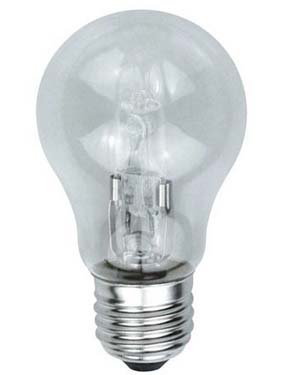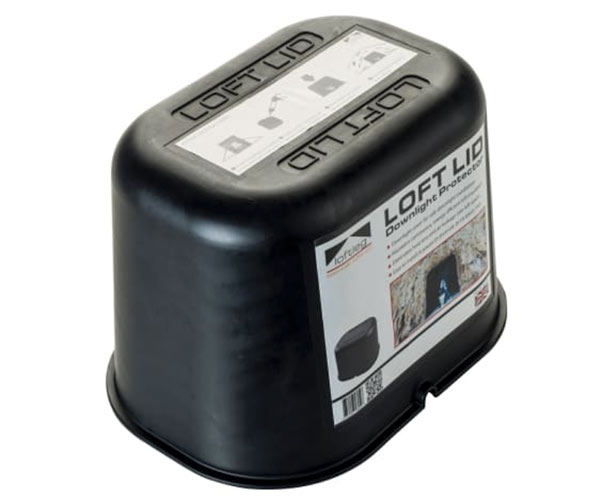Low voltage lighting is a popular choice for home lighting because it can be safely installed in areas that are typically too risky for standard lighting.
This DIY guide explores the benefits of low voltage lighting and provides tips on how and where to use it effectively.
What is Low Voltage Lighting?
Low voltage lighting uses a transformer to step down UK mains power from 230V/240V to a safer 12V or 24V. In the US, it reduces 120V mains power to 12V or 24V.
This lower voltage is much safer, making it ideal for areas where high voltage would be risky, such as near water.
Common uses include underwater lighting in swimming pools and in Zone 0 areas like bathtubs and shower trays, where the lights may come into direct contact with water.
These lights must be fully sealed to prevent water from reaching the electrical components. Even if the seal fails, the low voltage significantly reduces the risk of injury.
Low voltage lighting is also popular for outdoor use. Exposure to the elements is less dangerous with low voltage, ensuring safety even if the unit’s seal fails.
Regulations for Low Voltage Lighting
Strict rules govern electrical work, including low voltage lighting circuits. The British Standard BS 7671, 18th edition, effective from January 1, 2019, sets these regulations. It covers all electrical work up to 1000V AC (1500V DC) and includes low voltage (LV) and extra low voltage (ELV) systems like lighting.
Installing low voltage lighting must be done by a qualified Part P electrician. After installation, the system must be tested, and a minor works certificate issued, which only a Part P electrician can do.
Low voltage lighting is ideal for areas with close water contact or high moisture levels, like Zone 0 in bathrooms or outdoor spaces. Only a Part P registered electrician can work in these special locations. Learn more about bathroom electrical zones in our project.
For further safety advice when working around electrics, visit our electrical safety project.
You may encounter different cable colours in your home. Understand the old and new wiring colours in our wiring and cable colours project.
How Can Low Voltage Lighting Be Used?
Low voltage lighting is versatile and safe for use in various areas, including kitchens, bathrooms, and outdoor spaces, where it might come into contact with water or moisture. This type of lighting is ideal for these high-risk areas because the reduced voltage minimises the risk of serious injury.
All wiring and lighting units should be sealed and IP rated according to their installation area. For more information, check our bathroom lighting project. In case of a fault, low voltage lighting’s reduced risk is a significant safety advantage.
Low voltage lighting is also perfect for creating ambiance in spaces like dining rooms or living rooms. It allows for lower level lighting that sets a relaxing atmosphere.

Low voltage LED light bulbs and standard bulbs
Extra Low Voltage Lighting (ELV)
Extra Low Voltage (ELV) lighting, often seen in shops, art galleries, and museums, is sometimes mistakenly called low voltage lighting. This type of lighting is now popular in homes, offering an opportunity to replace or enhance existing lighting systems.
Originally, ELV lighting used small tungsten halogen bulbs, which produced two to three times the light of conventional bulbs of the same wattage. Today, these have mostly been replaced by LED bulbs.
Like low voltage lighting, ELV systems operate on a 12V electrical supply rather than the standard 230V, using a concealed transformer. This reduction in voltage can lead to energy savings of up to 60%, especially when replacing multiple conventional lights. Pairing ELV with LED bulbs can increase savings and extend bulb lifespan over ten times.
When halogen bulbs are used, they feature multi-faceted mirrored reflectors with sealed fronts, making them safe for bathrooms, kitchens, and outdoor use. These bulbs use dichroic reflectors, directing most heat backward, keeping the light cool.
LED bulbs, however, produce minimal heat, eliminating these issues and making them the preferred choice for ELV lighting.
Low Voltage Lighting Categories
Home lighting typically falls into three categories: general, task, and specific.
- General lighting: Illuminates the entire room evenly, providing overall brightness.
- Task lighting: Focuses light on specific areas for activities like reading or sewing, where general lighting isn’t sufficient.
- Specific lighting: Highlights particular features, similar to a spotlight. An example is a low voltage light used to illuminate a picture on a wall.
Planning Low Voltage Lighting Installation
When planning lighting for a room, consider its function and activities. Most rooms need general lighting that can be adjusted with dimmer switches to create different moods.
For low voltage lighting, follow these guidelines: use 18W halogen or 6W LED per square meter, or 50W halogen or 10W LED per 1.5 square meters. This calculation should start half a meter from the room’s edge.
Transformers for low voltage lighting are usually placed in the floor or ceiling voids. Ensure they are in well-ventilated areas and not covered by insulation, as heat is expelled backward. Avoid placing transformers near central heating pipes.
In many cases, use a downlight protector or hood to cover the light and shield it from insulation and any other fire risks. However, consult a qualified electrician to ensure proper ventilation and prevent overheating.

Loft Lid down light protector hood for downlights
Low Voltage Lighting in Kitchens, Bathrooms, and Outdoors
Bathrooms have strict regulations for light fittings based on their location. Bathrooms are divided into three zones: zone 0, zone 1, and zone 2, determined by the proximity to water sources like baths, showers, and basins.
Bathroom lights are given an IP rating, indicating their protection against dust and water. For example, a standard ceiling light in zone 2 should be at least IP44, while a light inside a bath or shower (Zone 0) should be at least IP67.
Electricians must know the appropriate products and their installation locations. Kitchens also have regulations due to water and moisture from sinks and cooking. Like bathrooms, kitchen lighting work should be done by a Part P registered electrician.
For more on kitchen lighting installation, see our project.
Low voltage lighting is now considered outdated due to its installation complexities, such as transformer placement and ventilation requirements. The modern solution is LED lighting, which is cheaper, more efficient, longer-lasting, and easier to install. For more on LED lighting, visit our LED lighting project.

